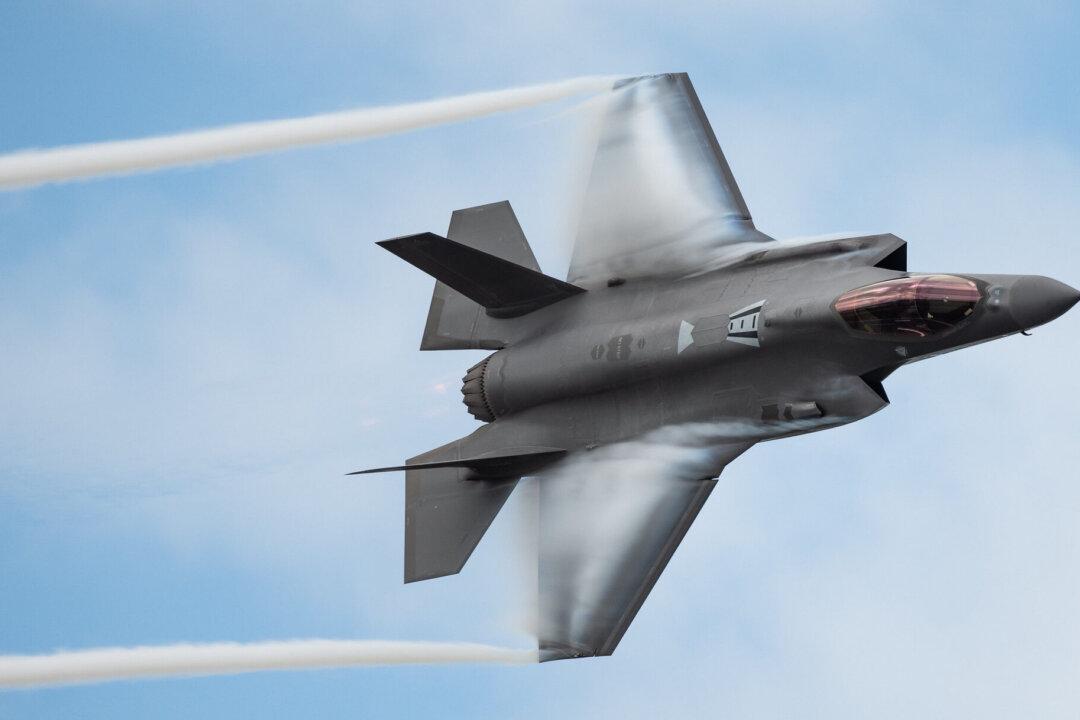The Pentagon’s chief weapons buyer said that they expect a three-month slowdown across the major equipment programs because of COVID-19, although it is too early to say the pandemic had affected any key milestones.
Pentagon Expects 3-Month Slowdown on Major Defense Equipment Due to CCP Virus
No specific program has missed key milestones, but pandemic has affected aviation most, chief weapons buyer says

Capt. Andrew Olson, F-35 Demonstration Team pilot and commander, performs a dedication pass during the Melbourne Air and Space Show in Melbourne, Fla., on March 30, 2019. Senior Airman Alexander Cook/U.S. Air Force

Simon Veazey
Freelance Reporter
|Updated:



